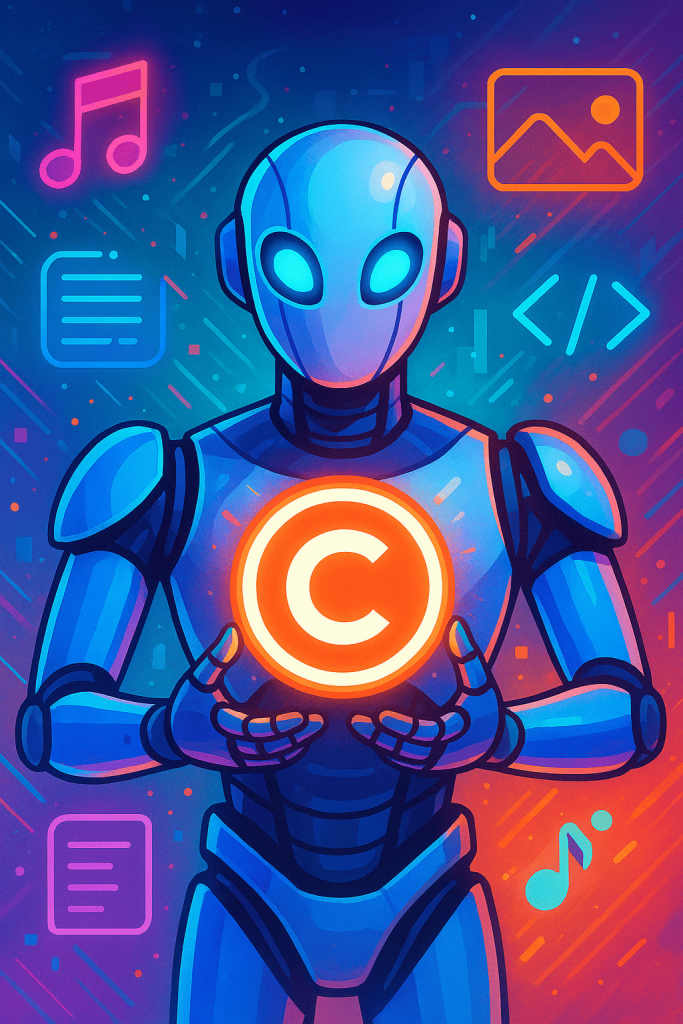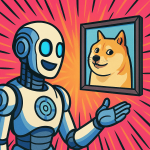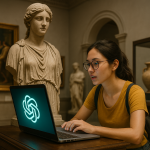As artificial intelligence continues to revolutionize creative and industrial processes, a critical legal and ethical question emerges: who owns the content created by AI? This debate is gaining urgency as tools like GPT, DALL·E, Midjourney, and other generative models become capable of producing everything from articles and illustrations to music and software code. These outputs are often indistinguishable from human-made content — but the law hasn’t fully caught up.
With AI now contributing to movies, advertisements, music tracks, novels, and even scientific research, questions about intellectual property (IP) rights and authorship are no longer theoretical. They touch every aspect of the creative economy, including how businesses protect assets, how artists receive recognition and compensation, and how we define creativity itself in the age of intelligent machines.
The Current Legal Framework: Designed for Humans
Traditional copyright law is built on the assumption that a human creator is behind a work. In most jurisdictions, for a piece of work to be copyrighted, it must involve a degree of human creativity and original expression. This becomes complicated when an AI model generates the content autonomously — for example, when a user simply inputs a prompt into an AI model and receives a complete short story, a piece of digital art, or a video.
In 2022, the U.S. Copyright Office ruled that works generated by AI without human authorship cannot be copyrighted. Similarly, courts in the U.K., the European Union, and Australia have largely leaned toward the interpretation that copyright protection requires human authorship. This means that fully AI-generated works are often considered to be in the public domain unless there is meaningful human contribution involved.
Who Has the Rights: Developer, User, or Public?
If the content generated by an AI model cannot be copyrighted in the traditional sense, another key question arises: who — if anyone — holds ownership? Some argue it should be the user who prompted the AI, as they directed its creative task. Others argue that the developers or owners of the AI model should be credited, since the content was only made possible through their systems and datasets.
Some platforms have taken proactive steps to define terms of use and clarify ownership. For instance, OpenAI’s terms specify that users own the outputs they generate, subject to compliance with usage guidelines. However, this contractual agreement doesn’t override national copyright laws — meaning users may still face ambiguity about enforcement or recognition of ownership in court.
AI as a Collaborator vs. Creator
A useful distinction being made in some legal discussions is whether AI acts as a “tool” or as an “author.” If a human guides the creation — for example, iteratively refining AI outputs, editing results, or combining multiple tools into a final product — then courts are more likely to recognize authorship and ownership. In contrast, when AI autonomously generates content with little human input, authorship becomes murkier.
Consider a designer using AI to generate concept art for a game. If the designer selects a style, provides detailed prompts, adjusts images, and finalizes the outcome, their human creativity is central. In such cases, the designer might legitimately claim copyright. But if an AI-generated image is taken as-is from the system and used commercially, it may fall into legal gray zones — or be seen as uncopyrightable altogether.
Impact on Creative Industries
AI’s influence on intellectual property law is having profound effects across media, publishing, entertainment, and design. Companies are now rethinking how they assign authorship, credit, and royalties. For example, a publishing house using AI to generate visual content for a book may need to disclose that no human artist was involved — and may not be able to register those images for copyright protection.
At the same time, this opens opportunities for new licensing models. Some experts suggest introducing “AI-rights” or modified licensing frameworks that allow for partial or shared attribution. These models could ensure that developers, users, and human collaborators all receive fair recognition and value for AI-generated works.
Global Policy Movements
Governments and organizations worldwide are beginning to address these issues through policy proposals and consultations. The European Union’s AI Act includes provisions for transparency and accountability in generative AI tools. The World Intellectual Property Organization (WIPO) has launched global discussions to assess the intersection of AI and copyright across legal systems.
Some countries are exploring new classifications for IP that acknowledge AI’s involvement, while others are considering sui generis protections — special rules created to address new technological contexts. These conversations are ongoing, and the next few years will likely bring significant legislative changes as AI-generated content becomes more ubiquitous.
Conclusion
The question of who owns AI-generated content is reshaping the boundaries of intellectual property. As GPT and other models become powerful tools in art, writing, music, and beyond, legal frameworks must evolve to address issues of authorship, ownership, and accountability. While current laws still favor human creators, future policy may introduce new forms of recognition for hybrid or fully machine-generated works. In this rapidly advancing landscape, understanding — and anticipating — the legal ramifications of AI-generated creativity is essential for developers, businesses, and creators alike.



I just wanna make my little AI art and post it. If no one owns it, cool. More art for the world 🌍✨
I hope, you dont say, what this art was taken by you?
Anyone can do anything.
lol ai ip debate is nuts! 😜
For real, why even argue ‘bout what’s goin’ down on servers, lol 😂
ontent ownrship is super murky 🤔 who gets rights tho?
ai made it?? who gets credit? 🤔
certainly, company, who host servers with al